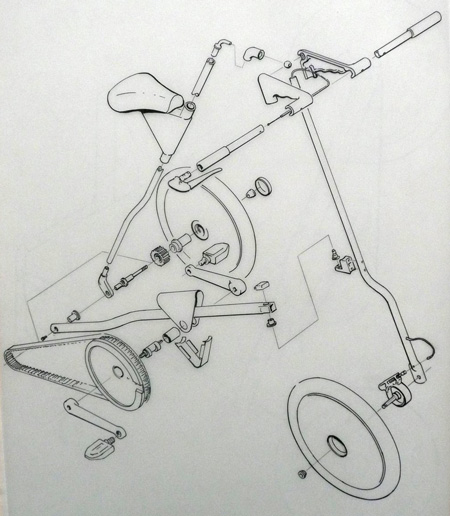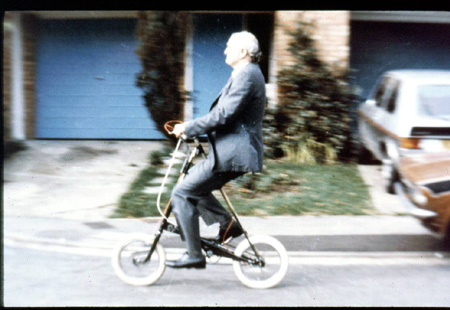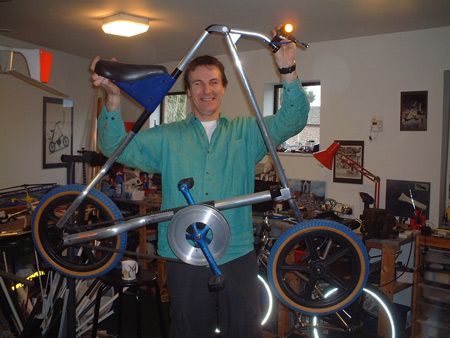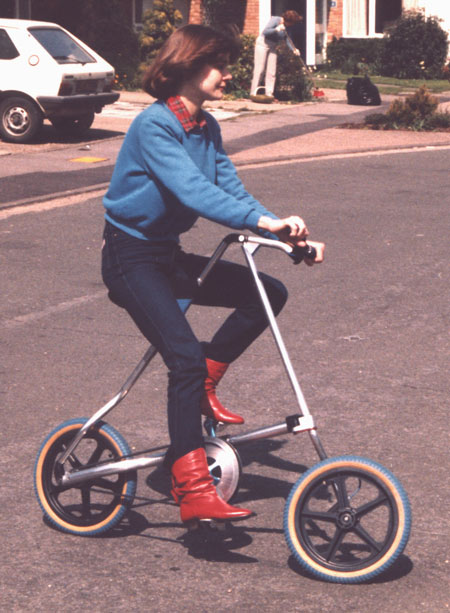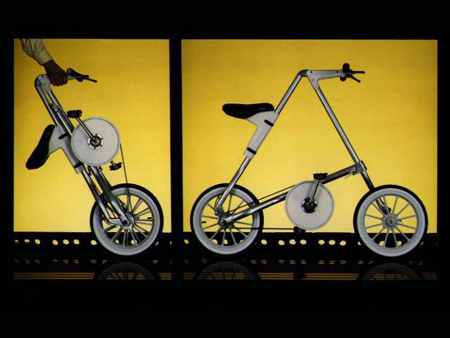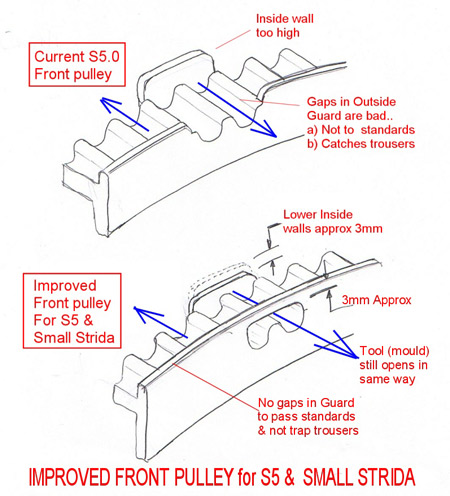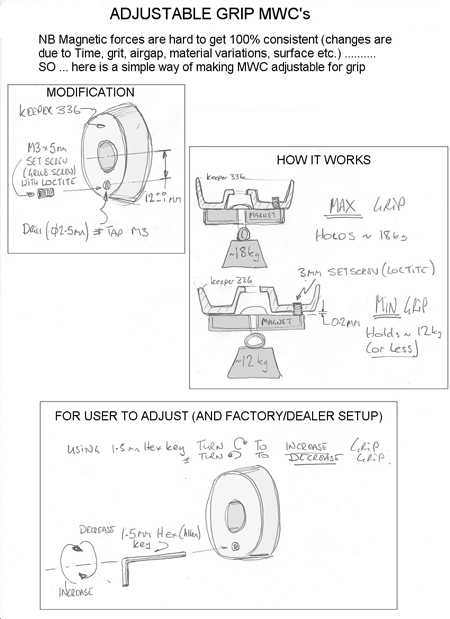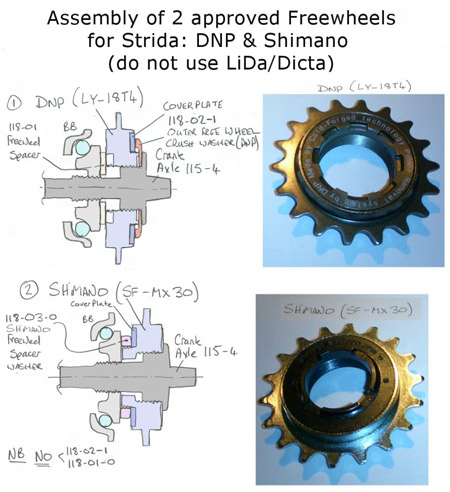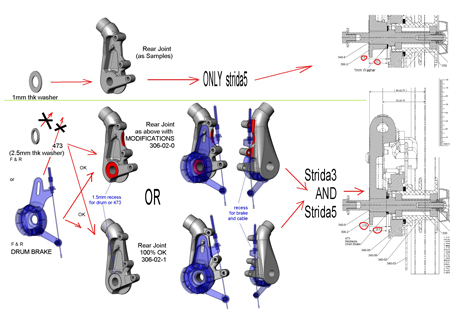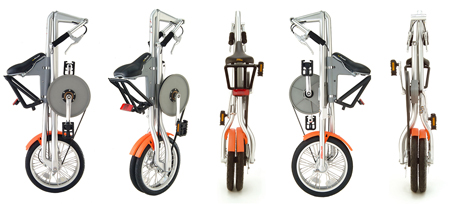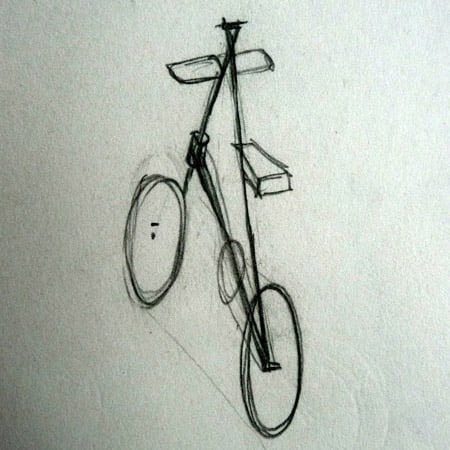
Interview: Strida bike designer Mark Sanders
Mark Sanders, designer of the Strida Bike, has given Dezeen access to his archive of drawings, models and photographs (including his very first sketch of the bike, above). Here he tells us how the project came about:
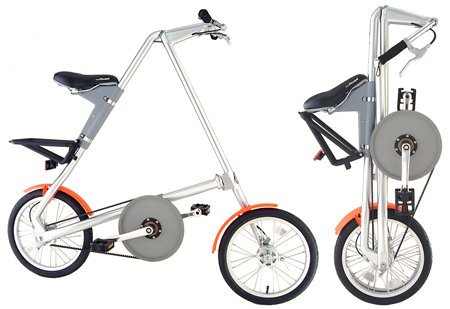
Dezeen: Why did you first decide to design a folding bike?
MS: I am a designer and an engineer and I love to work on mechanical stuff that also has a big aesthetic side. I love the word ‘elegance’, as it has meaning in both the design and engineering worlds.
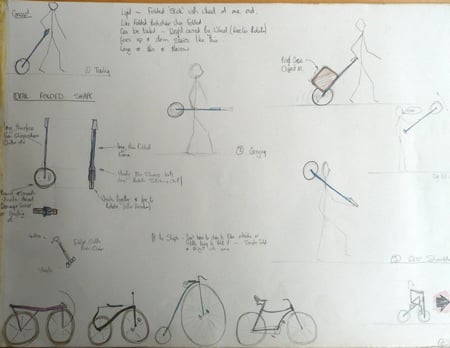
Bikes are just the perfect 'human amplifiers' and are right on this cusp between structures and design. Folding bikes make using public transport door-to-door, freeing people who are otherwise trapped into car use and helping those who need to link several transports.
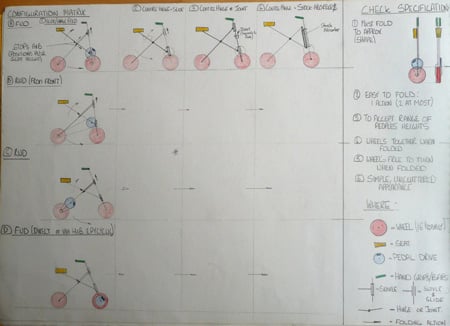
Strida is pretty unique in the folding bike world due to its shape, simplicity and the fact that it can be wheeled along when folded. This makes it much easier to handle in the walking (i.e. non-riding) parts of a journey than conventional folding bikes, which get awfully heavy to carry, for example inside trains, down corridors and along platforms etc.
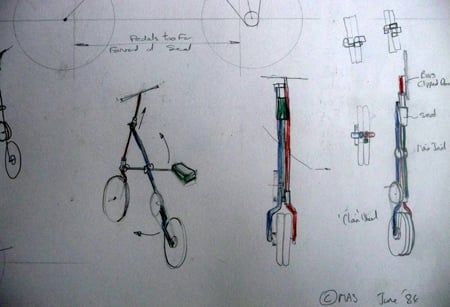
Dezeen: When the first one was designed, and how did it came about?
MS: It was my masters degree project, at London's RCA in 1985 .
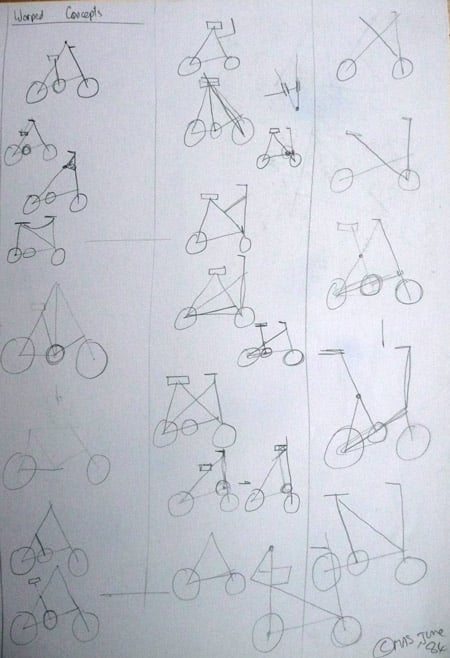
I conceived and designed the original Strida at a time when several things happened in my life...
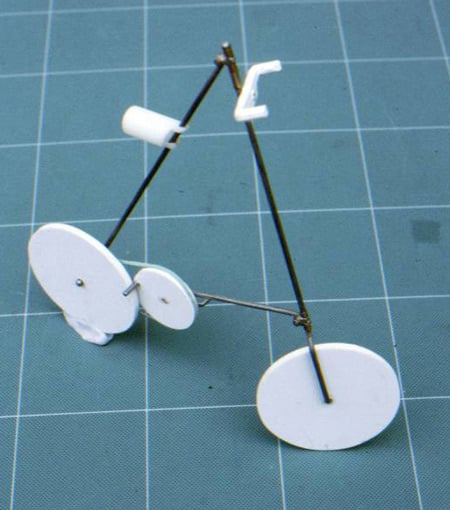
I'd just given up a well-paid job to study a Masters at London's RCA and Imperial College. I needed a major project for a year’s study to satisfy both colleges: basically the RCA had to be satisfied with the aesthetics and Imperial had to be satisfied with the mechanics.
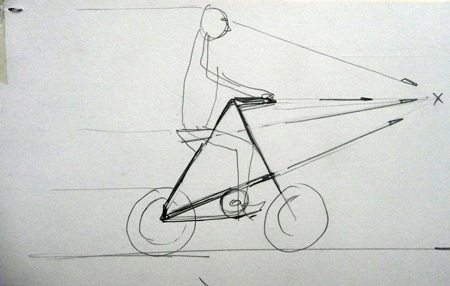
I had a tough 25mile commute into London. I tried everything: by car the journey was slow and there was lots of congestion; by bus it was slow, congestion was still a problem and there was more than two miles extra to get to the door; by train the journey was ok, except for the last two miles to the door; by motorbike it was dangerous; and finally I tried cycling all the way, which would have been ok except it was totally knackering and nobody would sit near me when I got there!
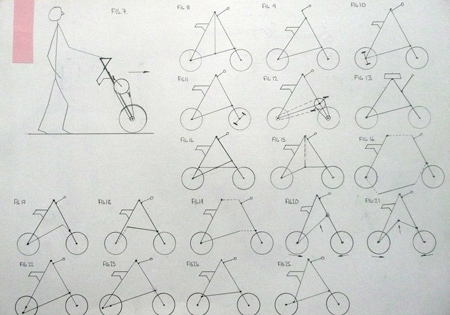
Plus, on an even more personal note I wanted a project to help me to start my own design business: it had to be reasonably commercial.
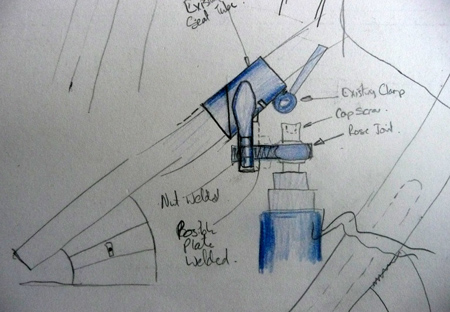
Finally, I was highly motivated because my brother had just been killed in a stupid accident, so I wanted to make most of my time.
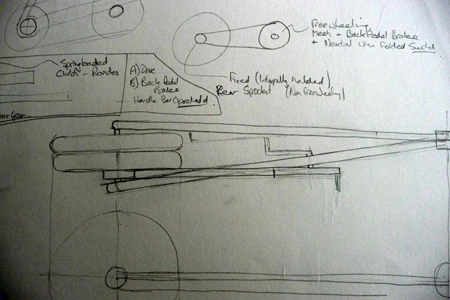
Having considered buying a folding bike to take on the train or bus I couldn't find one that was affordable, fun, simple and light... in short I couldn’t find one that was at all appealing.
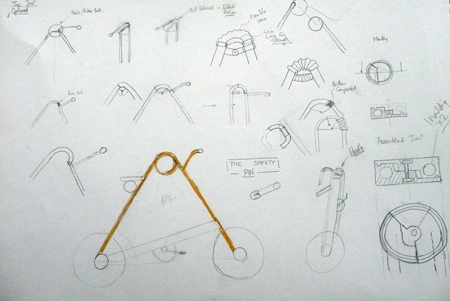
I believe that unless an innovation is appealing, it will change few lives.
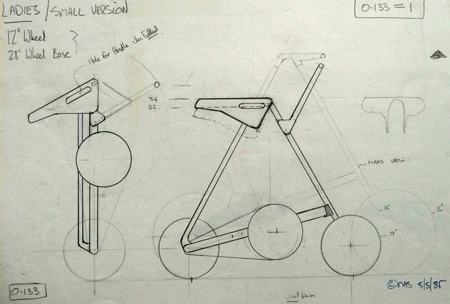
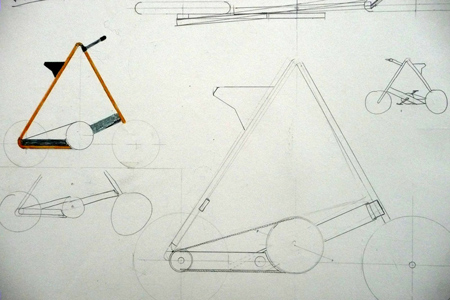
My professor at the time however, Frank Height, didn't agree and wanted to see evidence of a good concept before letting me go ahead.
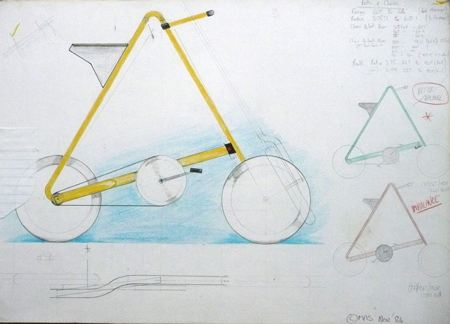
His reaction was: "bikes were designed 100 years ago… what makes you think you can do anything new and innovative?” This was a good question and another challenge. He was later hugely supportive.
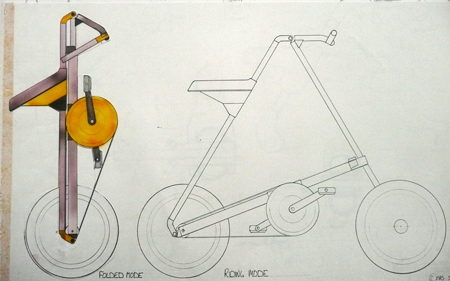
At the time taking full sized bikes on crowded commuter trains and buses just did not work well. Folding bikes were in their infancy and all were heavy and complex: they were usually just 'fold in half' jobs.
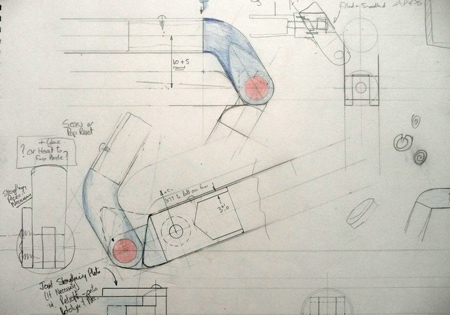
'Green' was not at all mainstream and bikes (this is before mountain bikes) were either for enthusiasts or for those who couldn't afford a car.
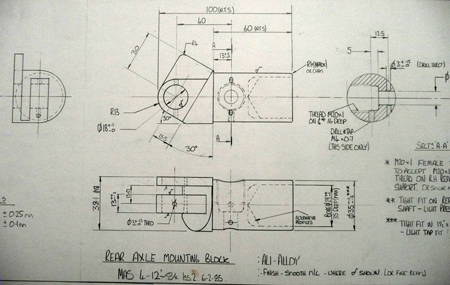
I originally hit on the idea for a triangular frame by doing zillions of sketches and some sketch models of all the alternatives.
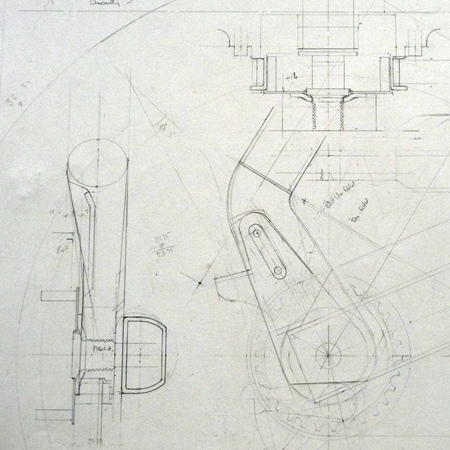
I needed something different and innovative for my professor. The triangle has elegance in both engineering and design terms, so I was happy.
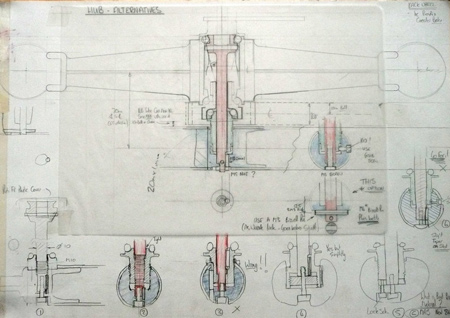
The bike is basically 3 tubes and 3 joints. I feel lucky that they also formed such a distinctive visual statement - a triangle with wheels at its corners.
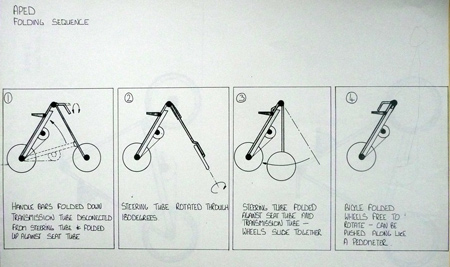
Regarding the mono-blade single-sided wheel mountings - most people’s reaction is to say “what about strength?”, but when you think that side mounted wheel axles only take a proportion of the rider’s weight and yet another bike part mounted on a monoblade (the pedal mounting) takes 100% of a rider’s load it makes sense.
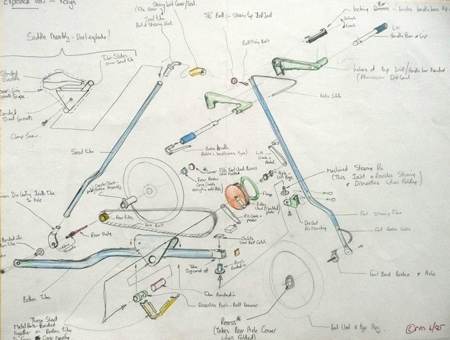
Dezeen: When did it go on sale?
MS: The first Strida1 was sold 20 years ago, 18 months after my graduation show. Strida3, a major re-design, was launched in 2001-2.
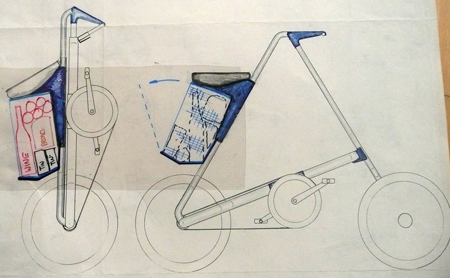
Strida5 was launched last year in the Far East only, close to manufacturers Ming Cycle in Taiwan.
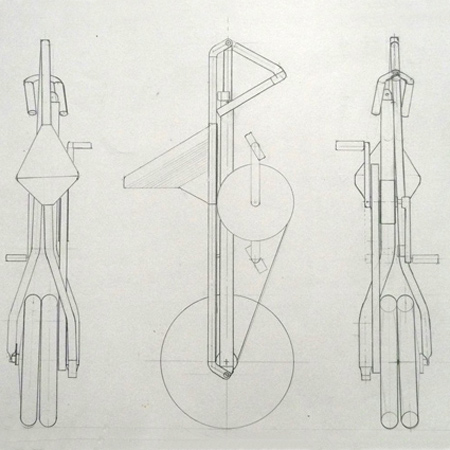
Dezeen: Where is the Strida company based?
MS: Up until recently, Strida company was a virtual company. The owner, Steedman Bass (a Bostonian), travelling where needed. Design was done by me in the UK, manufacture was carried out in Taiwan and distribution was world wide.
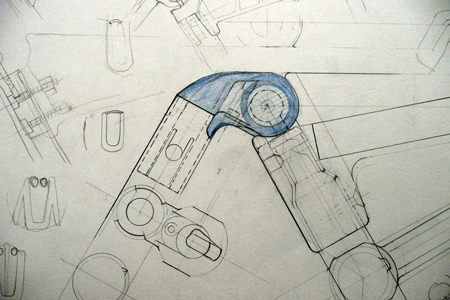
Now manufacturers Ming-cycle (one of the five biggest global bike makers, mainly OEM), own all of the IP, Strida brand etc. They also get to veto future designs, as I gave up the rights years ago.
